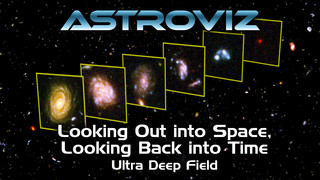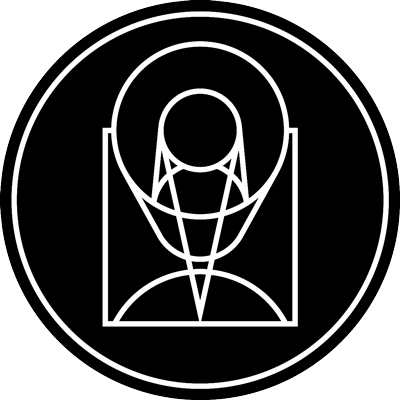Feedback for A 3D Exploration of the Crab Nebula - AstroViz
By leaving feedback, you agree to allow NASA's Universe of Learning to publish the content and information you provide in your submission form. We will only use this information to recognize your entry on our series and social media, and we will never publish your email.
A 3D Exploration of the Crab Nebula - AstroViz
Primary
•
June 4th, 2020
This 3D visualization features the Crab Nebula, the glowing remains of a supernova explosion witnessed by Chinese astronomers nearly 1,000 years ago. The movie is based on images spanning the spectrum of light from NASA’s three Great Observatories: the Chandra X-ray Observatory and the Hubble (visible) and Spitzer (infrared) Space Telescopes.
The movie begins by showing the Crab Nebula in context, pinpointing the location of the observed supernova in the constellation Taurus. This view zooms in to present the Hubble, Spitzer, and Chandra images of the Crab Nebula, each highlighting one of the nested structures in the system.
At the very center lies a "pulsar," the tiny core left over from the explosion. More massive than our entire Sun but under 20 miles in diameter, the Crab Nebula pulsar rotates about 30 times a second, and the charged particle "winds" that are accelerated along its spinning magnetic fields are responsible for lighting up the nebula as we see it today.
The video then begins a slow buildup of the three-dimensional X-ray structure, showing the pulsar and disk of energized material, and adding jets of particles firing off from opposite sides of the energetic dynamo.
Appearing next is a rotating infrared view of a glowing cloud of emission, called synchrotron radiation, enveloping the pulsar system. This distinctive form of radiation occurs when streams of charged particles spiral around the pulsar’s magnetic field lines.
The visible-light outer shell of the Crab Nebula appears next. Looking like a cage around the entire system, this shell of glowing gas consists of tentacle-shaped filaments of ionized oxygen. The tsunami of particles unleashed by the pulsar is pushing on this expanding debris cloud like an animal rattling its cage.
The X-ray, infrared, and visible-light models are combined at the end of the movie to reveal both a rotating three-dimensional multiwavelength view and the corresponding two-dimensional multiwavelength image of the Crab Nebula.











